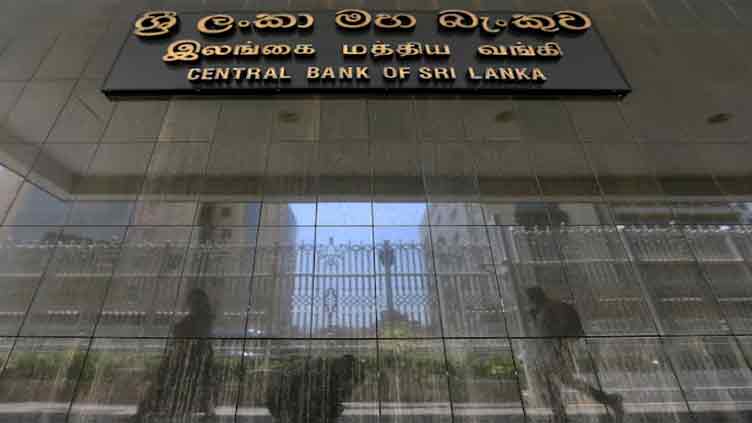Sri Lanka interest rates maintained to foster economic stability

Business
Annual inflation in April was 1.5pc, down from 6.4pc at the start of the year
- Standing Deposit Facility Rate kept at 8.50pc and Standing Lending Facility Rate at 9.50pc
- Economy expected to grow 3pc in 2024 after Colombo secured a $2.9bn lending programme from IMF last March
- It shrank 7.3pc in 2022 and 2.3pc last year after a record shortfall of dollar reserves and huge debt sparked severe financial crisis
COLOMBO (Reuters) – Sri Lanka's central bank held interest rates steady on Tuesday to ensure inflation pressures remain in check as authorities look to foster economic stability and lift growth following the South Asian nation's worst financial crisis in decades.
The Central Bank of Sri Lanka (CBSL) kept the Standing Deposit Facility Rate at 8.50 per cent and the Standing Lending Facility Rate at 9.50 per cent, it said in a statement.
The decision surprised some in the market as eight out of 15 economists and analysts polled by Reuters had projected rates to be cut by 50 basis points.
Sri Lanka's key annual inflation rate was at 1.5pc in April, down from 6.4pc at the start of the year, and prices appear well anchored, the central bank said in a statement.
"Incoming data suggests that headline inflation is likely to be below the targeted level of 5pc in the upcoming months due to the combined impact of the administered price adjustments and eased food prices, although some upside risks remain," the central bank said.
CBSL reduced rates by 50 bps in March as it continued an easing cycle that has seen rates drop by 700 bps since June, partially reversing the 1,050 bps in increases made since April 2022 when the economy plunged into crisis.
Space remains for market lending interest rates to decline further given the prevailing accommodative monetary policy stance, CBSL Chief P Weerasinghe told reporters at a post-policy press conference. The governor reiterated the need for lenders to pass on the benefits of lower rates to borrowers without further delay and support the pickup of private sector credit to boost overall growth.
"There could be space for rates to be adjusted lower later on when the economy has stabilised more but we will make those decisions based on data," Weerasinghe said.
Economists say private sector credit growth remains key to shoring up the economy.
"The weighted average lending rate need to adjust more. That is what will assist people to borrow. It's clear the central bank wants private sector credit to expand to boost growth," said Udeeshan Jonas, chief strategist at equity research firm CAL Group.
Sri Lanka's economy is expected to grow 3pc in 2024 after Colombo secured a $2.9 billion lending programme from the International Monetary Fund (IMF) last March.
The island's economy shrank 7.3pc in 2022 and 2.3pc last year after a record shortfall of dollar reserves and huge debt sparked a severe financial crisis.
Sri Lanka now faces a June deadline for a deal with its bilateral creditors and to secure an agreement with bondholders to renegotiate its foreign debt and release a third tranche of $337 million from the IMF.
"Negotiations with both bilateral creditors and bondholders are progressing in parallel and we are hopeful the review will be completed in June," Weerasinghe said.


